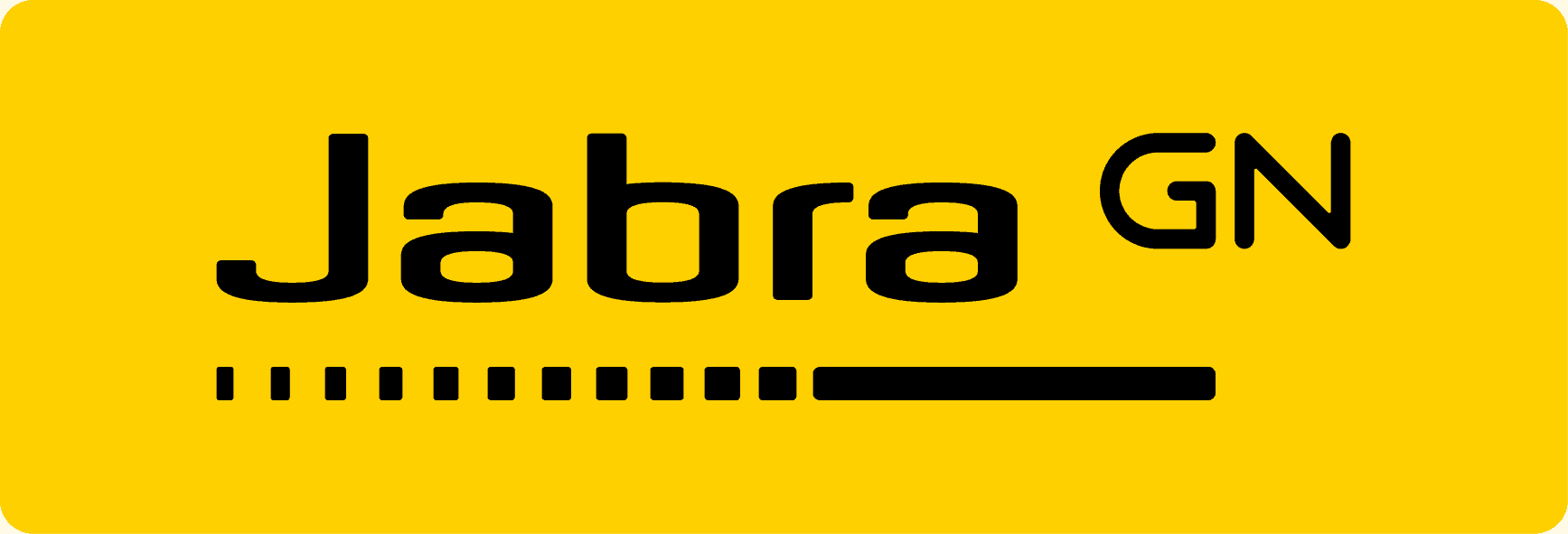Oticon Hearing Aid Reviews in 2024
Audiologist Dr. Brad Ingrao recommends Oticon hearing aids for their value and impressive features.
SeniorLiving.org is supported by commissions from providers listed on our site. Read our Editorial Guidelines
SeniorLiving.org is supported by commissions from providers listed on our site. Read our Editorial Guidelines
As an audiologist, I get asked a lot about Oticon, plus other hearing-aid styles, prices, and brands. I have long-standing experience with Oticon, starting with its behind-the-ear (BTE) devices used by my deaf friends in college. At that time, Oticon was one of the first hearing-aid companies to focus on the sound quality of a user’s voice, which tends to sound strange when amplified through hearing aids.
I’m confident that if you buy an Oticon hearing aid and have it properly fitted, you will hear better and have a satisfactory experience. I’ve fit my patients — including three of my family members — with Oticon hearing aids for nearly 30 years. Not only do the devices improve sound, but they also hold up for years, making them a solid investment. The company stands behind its products. It’s likely an experienced Oticon dispenser in any decent-sized town in America.
For this year’s review, I’ll discuss my experiences with the company’s products and review Oticon’s product line and most popular accessories.
Testing out Oticon hearing aids
How Does Oticon Compare?
Oticon is a great hearing aid provider that has been around for more than a century. The company has a history of technological innovation, offering some of the best hearing aids on the market. That said, some older adults may prefer hearing aids that are cheaper and available to buy without contacting a medical professional. To learn more about affordable alternatives, check out the top-rated hearing aid providers we have reviewed.
Quality and Durability
I’ve always found Oticon products well-built and durable. They offer up to a three-year warranty, and, in my clinical experience, they have always gone the extra mile to resolve any repair issues promptly. As with other top companies in the industry, including Phonak and ReSound, the warranty is international, and they have an extensive network of independent providers and company-owned HearingLife locations.
Oticon Hearing Aid Prices
Like most premium hearing aid brands, Oticon does not list its prices online. You must visit a hearing clinic in person to get accurate pricing information. From my years of fitting Oticon devices, I’d estimate that you’ll pay anywhere from $1,000 to $3,500 per device. It is similar to other comparable hearing aids, including Phonak’s prices and Signia’s costs.
If these estimates are outside your budget, don’t worry! There are plenty of affordable over-the-counter hearing aids for mild to moderate hearing loss. For comparison, MDHearing’s prices start at just a few hundred dollars, while Eargo’s prices start at around $1,650 per pair.
A Bit of History on Oticon
Oticon is one of the oldest hearing aid companies in the world. In 1904, Hans Demant became the Danish distributor of Acousticon, which later became Oticon.1
In 1992, Oticon released MultiFocus, their first non-linear, programmable, automatic hearing aid. This new approach to amplification has become the standard. At that time, only Oticon and ReSound hearing aids had this technology. Patients reported significant improvements in hearing and quality of life. The success of the MultiFocus was followed by their first digital instrument, DigiFocus, in 1996.
Since MultiFocus, Oticon's philosophy of hearing aids has revolved around designing hearing aids that restore normal loudness perception through compression. Their approach differed slightly from other providers I've reviewed, like ReSound, because Oticon used less compression in the higher frequencies to allow critical speech sounds to remain audible in background noise. In combination with directional microphones, this has worked well for many of my patients.
Compare Oticon to Other Providers
Current Product Lineup
The current iteration of Oticon’s technology is called BrainHearing. They were first introduced in the Opn product line in 2016. BrainHearing technology is incorporated into every new hearing-aid model Oticon sells.
FYI: Oticon offers several different styles and models of hearing aids. I’ll only cover some of the company’s most popular devices in this review.
Oticon’s flagship hearing aid is Oticon Intent, released in early 2024. It is unique as it contains 4D sensors that intuit the wearer’s listening intention and preferences. Using insights acquired from BrainHearing, Oticon engineered Intent hearing aids to respond to the wearer’s head and body movements, plus conversational activity and the surrounding environment. That provides a highly personalized approach to generating sound input. Intent hearing aids are a good choice for my active and highly social patients, plus those who wish to be.
Another current offering is Oticon’s Real line of mini RITE and mini BTE hearing aids. Real hearing aids are powered through Oticon’s new Polaris R platform, which uses ultrafast sound detectors to process and reduce disruptive sounds. When coupled with BrainHearing technology, the user can have easier conversations with less strain. Real hearing aids are engineered to reduce wind and handling noise.
Oticon also offers an essential line of hearing aids called Zircon (mini BTE and mini RITE devices). They’re high-quality products that are available at two performance levels. Zircon hearing aids use BrainHearing technology but are available at a lower price point than Intent and Real hearing aids. They’re compatible with Oticon CROS and come in lots of colors.
Pro Tip:Oticon’s prices aren’t listed on the company’s website. You’ll need to visit a local provider to learn more about costs.
Oticon hearing aids support two-way, hands-free phone and video calls for most iPhones and iPads. You can also use them to directly stream from some Android devices and connect with family and friends remotely using FaceTime or Zoom.
Need Help Finding the Right Hearing Aid?
Answer a few easy questions to find the hearing aid that’s right for you.
Accessories and Apps
The Oticon Companion app provides basic remote control and cool features. Examples include Find My Hearing Aid and the ability to manually adjust the mix of ambient sounds. That’s great for TV listening (keeping the noise from the kitchen down) or when using a remote microphone. Unlike Oticon’s earlier ON app, the Companion app lets your hearing-care professional provide remote support. That’s very useful for people who don’t want to visit a store in person whenever they need an adjustment.
ConnectClip Microphone
The ConnectClip is a nice multifunction device. First, as the name suggests, it is a directional remote microphone. That allows you to control the negative impact of distance, reverberation, and background noise by picking up speech very close to the person talking and then wirelessly streaming that “clean” speech to your hearing aids up to about 60 feet away.
Secondly, it acts as a simple remote control for volume and program change. It's ideal for users with dexterity or memory problems who may need a family member or caregiver to assist them with their hearing aids. Finally, Android users can use the Connect Clip as a Bluetooth “re-broadcaster” to stream phone calls and music from the phone.
Pro Tip: Want to compare Oticon to other popular hearing aids? Head to our list of the top hearing aid providers for seniors.
TV Adapter 3.0
This small device connects to your TV or cable box with an analog or digital connection. Once paired with the hearing aids, it will stream TV audio up to 45 feet. That is separate from the TV speaker, so your listening partners have separate volume control. As noted above, the ON app can adjust the mix of TV sounds with environmental sounds.
Phone Adapter
A small box connects to your landline phone and pairs to the ConnectClip, which then streams to your hearing aids. It essentially turns your landline phone into a cordless phone.
The Bottom Line on Oticon
While I think Oticon does a solid job of trying to offer a wide range of price points, the reality is that many people still cannot afford hearing aids. For people with mild to moderate hearing loss, OTC hearing aids may be an option, but they won’t allow you to meet face-to-face with an audiologist.
Unfortunately, the most seemingly obvious solution, Medicare, doesn’t cover hearing aids. There is legislation in the works, but that’s a non-starter for now. Some private insurance plans cover some of the costs. If you are of limited means, your state Medicaid program may be able to help. If you’re still working, as many seniors need to do, check with your state Vocational Rehabilitation office. If you are a veteran and eligible for general VA health care, hearing aids, including premium devices, are fully covered, as are accessories. For more information, head to our guide on how to find free or reduced-cost hearing aids.
If Oticon hearing aids are in your price range, I’m confident you’ll hear better and have a wonderful user experience – from fit to service to reliability. For more details, watch my interview on Medicare and hearing aids with SeniorLiving.org Editor-in-Chief Jeff Hoyt below.
Take Our Free Online Hearing Test
Wondering if you have hearing loss?
Grab your headphones and get an evaluation in minutes.
Demant. (2020). Our History.
Oticon. (2020). Inium Sense Platform.



